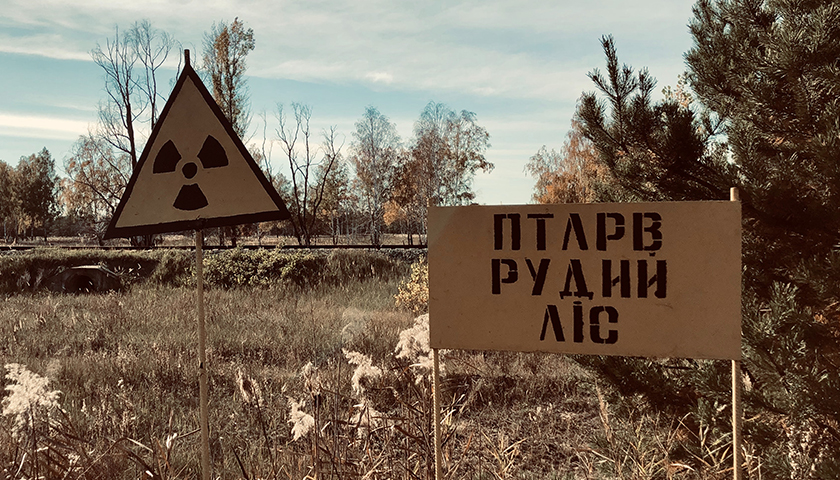If you watched HBO’s recent docudrama about the Chernobyl nuclear disaster, you may have been struck by the historic connection to the Russian withdrawal from Afghanistan. The epilogue posited the theory that the need for helicopters to mitigate the nuclear disaster caused the Russians to pull the attack helicopters from Afghanistan, making the already pointless war impossible to continue. So in 1988, the Soviets cut their losses and withdrew from Afghanistan.
The Afghan rebels did not seize control of Afghanistan until 1992. But the 1988 withdrawal also played a huge role in the loss of legitimacy for the Soviet system itself. The apparent juggernaut wielded terrifying power at its borders but remained frail and vulnerable to collapse from within. The very idea that the great Soviet evil empire could fail set off a series of dominoes that led to its collapse. The Afghan war, the struggling economy, and the Chernobyl disaster all combined to reveal the wise and powerful leaders in Moscow as incompetent despots.
More than 30 years later, American planners may have felt they had years or at least months during which residual civilians could make an orderly departure from Afghanistan as needed. The Soviet puppet government lasted almost four years (ironically, longer than the Soviet Union continued to exist), so why wouldn’t an American-sponsored government be able to hold on at least that long? The American planners probably believed that they were prolonging the longevity of the puppet regime by leaving nearly $80 billion in military equipment in the hands of the American-aligned Afghan government.
Read More
